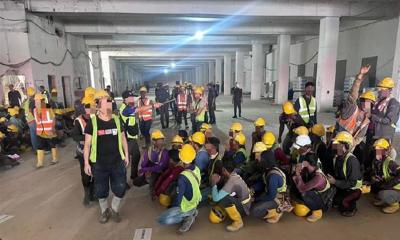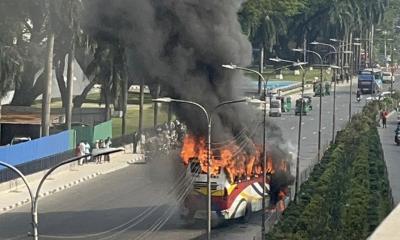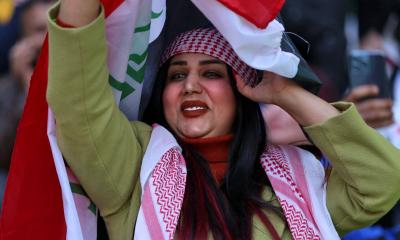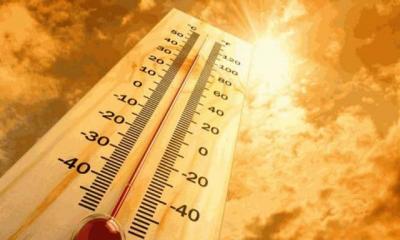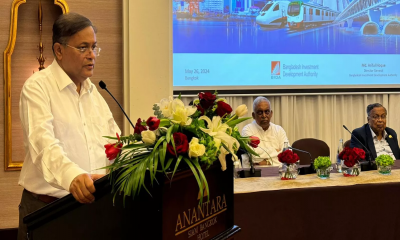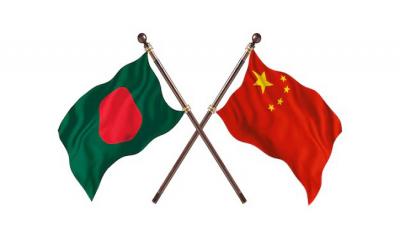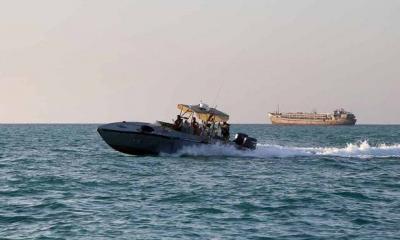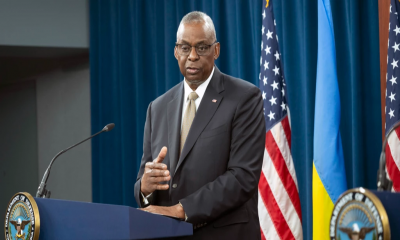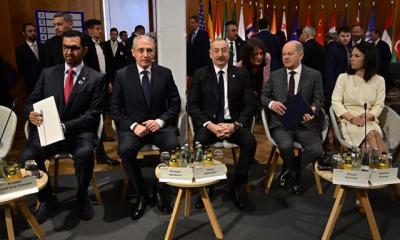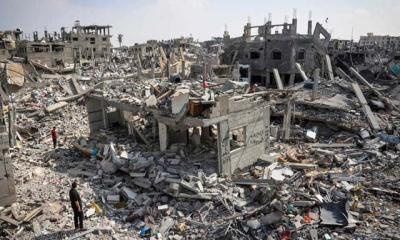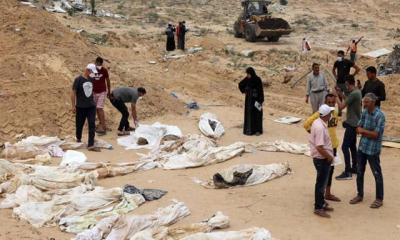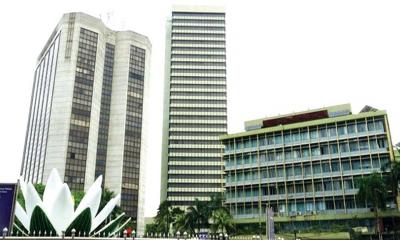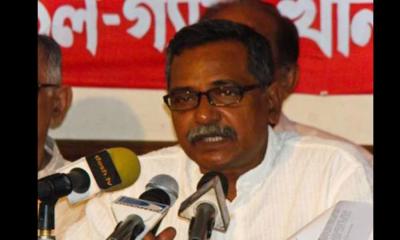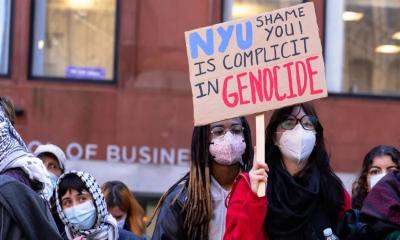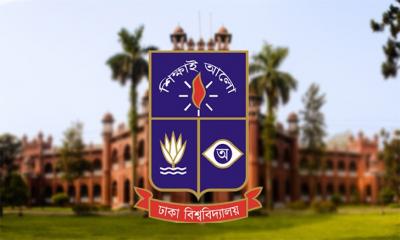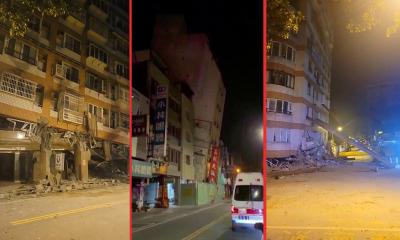It has been more than two months now since the Israeli authorities launched a war on Gaza in response to Hamas’s attack on its southern territories, which resulted in the killing of about 1,200 people, mostly Israeli civilians. Relentless Israeli bombardment and ground attacks have flattened entire neighbourhoods and killed close to 20,000 Palestinians, more than a third of them children.
The declared goal of the Israeli onslaught has been the “eradication” of Hamas from the enclave, but the viability of that being achieved has been increasingly questioned by foreign officials and analysts. Instead, the large-scale destruction wrought on Gaza as well as internal communications point to another aim the Israeli authorities may be pursuing.
A document produced by Israel’s Ministry of Intelligence leaked to the Israeli press in late October outlined the forcible and permanent transfer of Gaza’s 2.3 million Palestinian residents to Egypt’s Sinai Peninsula.
The document was reportedly created for an organisation called The Unit for Settlement – Gaza Strip, which seeks to recolonise the Gaza Strip 18 years after Israeli troops and settlers withdrew from it.
Yet, we are not living in 1948. Today, it is much more difficult to wipe out cities and villages as was done 75 years ago during the expulsion of a large percentage of the Palestinian population from its homeland by Israeli militias, when, among other things, the reach of the media was far less extensive than it is now. The Israeli authorities have therefore turned to what we might term “the plan B”: that is, to make the Gaza Strip unliveable, by dropping tens of thousands of tonnes of bombs.
The new strategy is implemented by targeting civilian infrastructure that supports life in the strip, including schools, universities, hospitals, bakeries, shops, farmland and greenhouses, water stations, sewage systems, power stations, solar panels, and generators.
This is carried out in parallel with a full siege on Gaza, whereby food, water, electricity and medicine have been cut off. The Israeli army lets in a few trucks a day, if at all, which humanitarian organisations have said does not meet at all the needs of the Palestinian population, 1.8 million of whom have been internally displaced.
This has resulted in what has interchangeably been called humanitarian “disaster”, “catastrophe”, “graveyard” and “hell”. The Palestinians of Gaza have been pushed to the brink of survival, while widespread epidemics are perceived by some as a desired goal. As former head of the Israeli National Security Council Giora Eiland has claimed: “Severe epidemics in the south of the Gaza Strip will bring victory closer.”
Once the Gaza Strip is rendered unliveable and the population has no choice but to leave voluntarily, the next step is to ensure that neighbouring countries, Egypt first and foremost, are ready to “absorb them”. This has been made clear by several prominent figures in Israel, including former deputy director of its national intelligence agency Mossad, Ram Ben Barak.
In a tweet in Hebrew, Ben Barak expressed the need “to build a coalition of countries and international funding that will allow Gazans who want to leave to be absorbed
through the acquisition of a citizenship”.Back on November 12, 1914, US President Woodrow Wilson wrote to racial equality advocate William Monroe Trotter that “Segregation is not humiliating but a benefit, and ought to be so regarded by you gentleman”. More than 100 years later, Israel’s plan – which has less to do with segregation and more with ethnic cleansing – is presented in similar terms. The expulsion, in Ben Barak’s words, is an “opportunity
to escape the reign of fear of Hamas, which uses them as human shields”.The irony, of course, is that Palestinian civilians are often used as “human shields” by the Israeli army itself. But beyond that, along with the emphasis on “voluntary” departure in this “benevolent approach”, the forced resettlement is also made more palatable for the international community with claims that the Palestinians are really just Arabs, and therefore can easily relocate to other Arab countries.
Israel has long called the 156,000 Palestinians (and their descendants) who managed to remain within its borders after 1948 “Arabs”, denying them their Palestinian identity. As Prime Minister Benjamin Netanyahu once claimed, “The Arab citizens
have 22 nation states. They don’t need another one.”It is important here to stress that referring to the local populations, from the Strait of Gibraltar to the Strait of Hormuz, as “the Arabs” would be like calling people from South Africa, the United States, Canada, Australia, New Zealand, Ireland and Britain, regardless of their origin, “the English”. They share the language but show very clear peculiar histories, traditions and identities.
More than 1,000 years ago, Jerusalemite geographer al-Muqaddasi (946–1000) explained in clear terms that he perceived himself as a Palestinian: “I mentioned to them
about the construction in Palestine and I discussed with them these matters. The master stonecutter asked me: Are you Egyptian? I replied: No, I am Palestinian.”Centuries later, on September 3, 1921, an editorial published in the Arabic-language newspaper Falastin pointed out: “We are Palestinians first, and Arabs second.”
These are just two examples, among many others, of written sources where “Palestinian” is clearly used as an identity marker.
That Palestinians are not simply “Arabs” appears further evident if we look at the years in which the West Bank was occupied (1948-1967) by Jordan: an occupation which was opposed by the local population at the time, most of all by Fatah fighters, to the point that King Hussein felt obliged to impose martial law.
In Gaza, which was under Egyptian control during the same period, Palestinians faced harsh repression, were denied citizenship, and had very little control over local administration. Most of them lived in very poor conditions, largely in refugee camps, having been expelled by Israeli militias from villages around the Gaza Strip, including Huj, Najd, Abu Sitta, Majdal, al-Jura, Yibna, and Bayt Daras. These last three villages, in particular, are the ones from where the three founders of Hamas – Ahmed Yassin, Abd al-Aziz al-Rantisi and Ibrahim al-Yazuri – were expelled with their families when they were children.
Today, not only the Palestinians are struggling against their mass expulsion from Gaza and possibly the West Bank, but the neighbouring countries which Israel is pressuring to host them are also viciously resisting.
Egypt’s President Abdel Fattah el-Sisi has repeatedly and clearly rejected the “displacement of Palestinians from their land”. He, like his predecessors, sees the Palestinians as a security risk. If they were to be expelled to the Sinai, he fears the peninsula would become a base of operations for Palestinian fighters, which could drag Egypt into another war.
Jordan is also worried about the expulsion of Palestinians from the West Bank to its territory and King Abdullah and his government have made their opposition clear. As Jordanian Foreign Minister Ayman Safadi has argued: “Do whatever you
want. Go, destroy Gaza. No one is stopping you and once you are done, we clean up your mess.”Israel’s ability to carry out its “Plan B” is indeed in question. Back in 1950, the United Nations suggested resettling thousands of Palestinians from the Gaza Strip to the Sinai Peninsula. The proposal encountered harsh resistance from the refugees themselves and was eventually abandoned. Today, the resistance is fiercer than ever. Palestinians know what “temporary” means – that there is no “right of return” for them – and are keen to remain on their land.
This article has been previously published in Al Jazeera that written by Lorenzo Kamel, Professor of History of International Relations at the University of Turin. The views expressed in this piece are the author’s own and do not necessarily reflect The Report’s editorial stance.


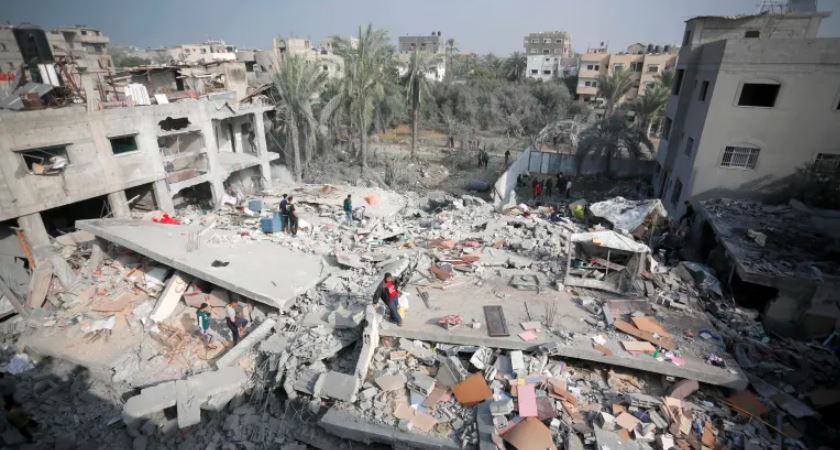

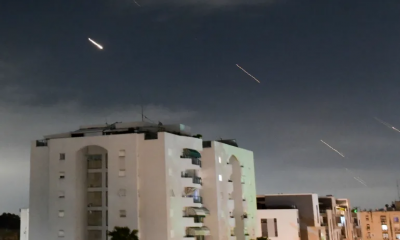
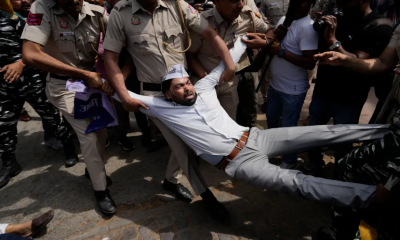

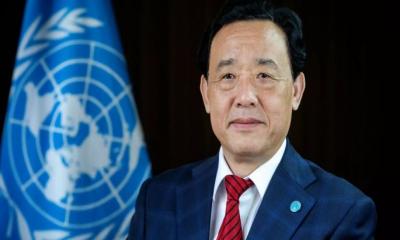

-20231110105540.jpg)

